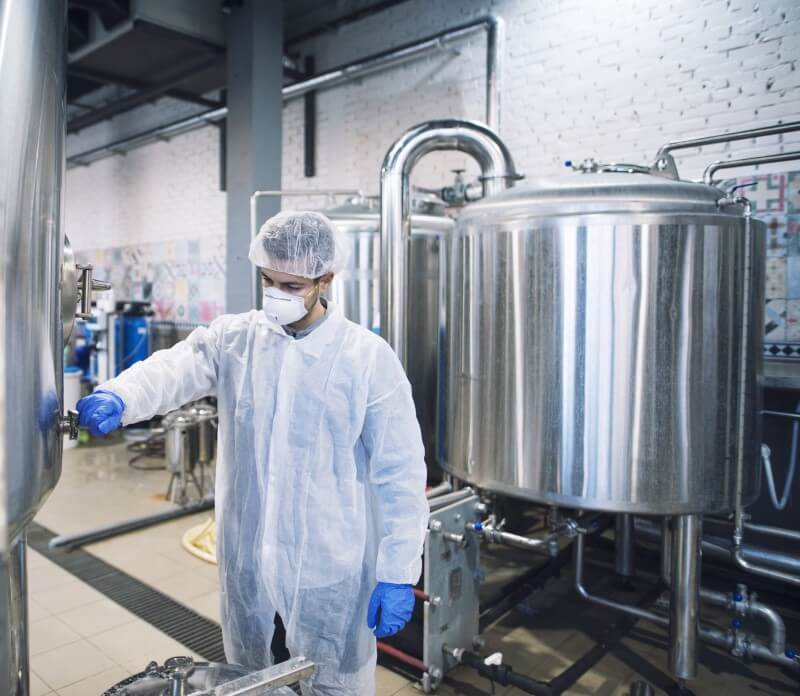Essential of Hygiene Standards in Commercial Kitchens

The food industry is blooming, as is the commercial business in many food sectors. In this face-growing commercial kitchen business, maintaining cleanliness and hygiene standards is the utmost important for complying with safety and regulatory compliance. Hygiene standards in the commercial kitchen ensure the prevention of cross-contamination and the application of better sanitation practices, making the food business more improved and healthier.
Considering the urgency and significance of hygiene standards for commercial kitchens, your trusted partner at M&M Equipment Corps brings you a guide to maintaining essential hygiene practices in the food business.
1: Hand Hygiene Protocols
The most significant hygienic practice in the food industry is hand hygiene protocol. Hand hygiene remains the cornerstone for the commercial kitchen, which needs to adhere to the extreme handwashing practice for at least 20 seconds before and after handling the food. The installation of touch-free handwashing stations in the commercial kitchen brings a source of comfort and promotes compliance to enhance convenience and make protocol a thing.
2: Color-coded Cutting Boards and Utensils
For maximum protection and protection from cross-contamination between the two different food groups, it is important to have color-coded cutting boards and utensils. Assigning specific colors to different food categories will help the kitchen staff identify and segregate the food items to minimize contamination and foodborne illness.
3: Regular equipment cleaning and sanitization
Commercial kitchens are equipped with an array of tools and equipment that are required for regular cleaning and sanitization. This practice is effective in stopping the buildup of harmful bacteria and pathogens in the kitchen. Implementing this comprehensive cleaning schedule with daily, weekly, and monthly tasks for deep cleaning of the kitchen equipment will prevent bacteria from coming back. This practice also complies with safety regulations and the environment.
4: Proper food storage
One practice that needs to be strictly implemented in the kitchen is proper food storage. Proper food storage is paramount to preventing foodborne illness and maintaining food quality. In the commercial kitchen, designing specific areas for storing food is essential. This can be done through a proper temperature control area and maintaining freezers and refrigerators at critical levels. It would be a great benefit to keep the staff on proper training and avoid cross-contamination during food preparation.
5: Advance Hygiene Solution
Advancements in technology have led to the development of innovative hygiene solutions tailored to the needs of commercial kitchens. Ultraviolet (UV) light sanitation systems, ozone generators, and antimicrobial coatings for surfaces are just a few examples of innovative technologies that can supplement traditional cleaning and sanitization practices. These innovations offer additional layers of protection against harmful bacteria and viruses, enhancing overall hygiene standards in commercial kitchens.
Maintaining hygiene standards in commercial kitchens is a practice that needs to be strictly implemented in the commercial sector. Experts and best practices should be implemented to keep the food from contamination and uphold the highest standard of cleanliness and food safety. M&M experts are dedicated professionals, fostering a culture of deep cleanliness of their equipment and areas for better practice.
